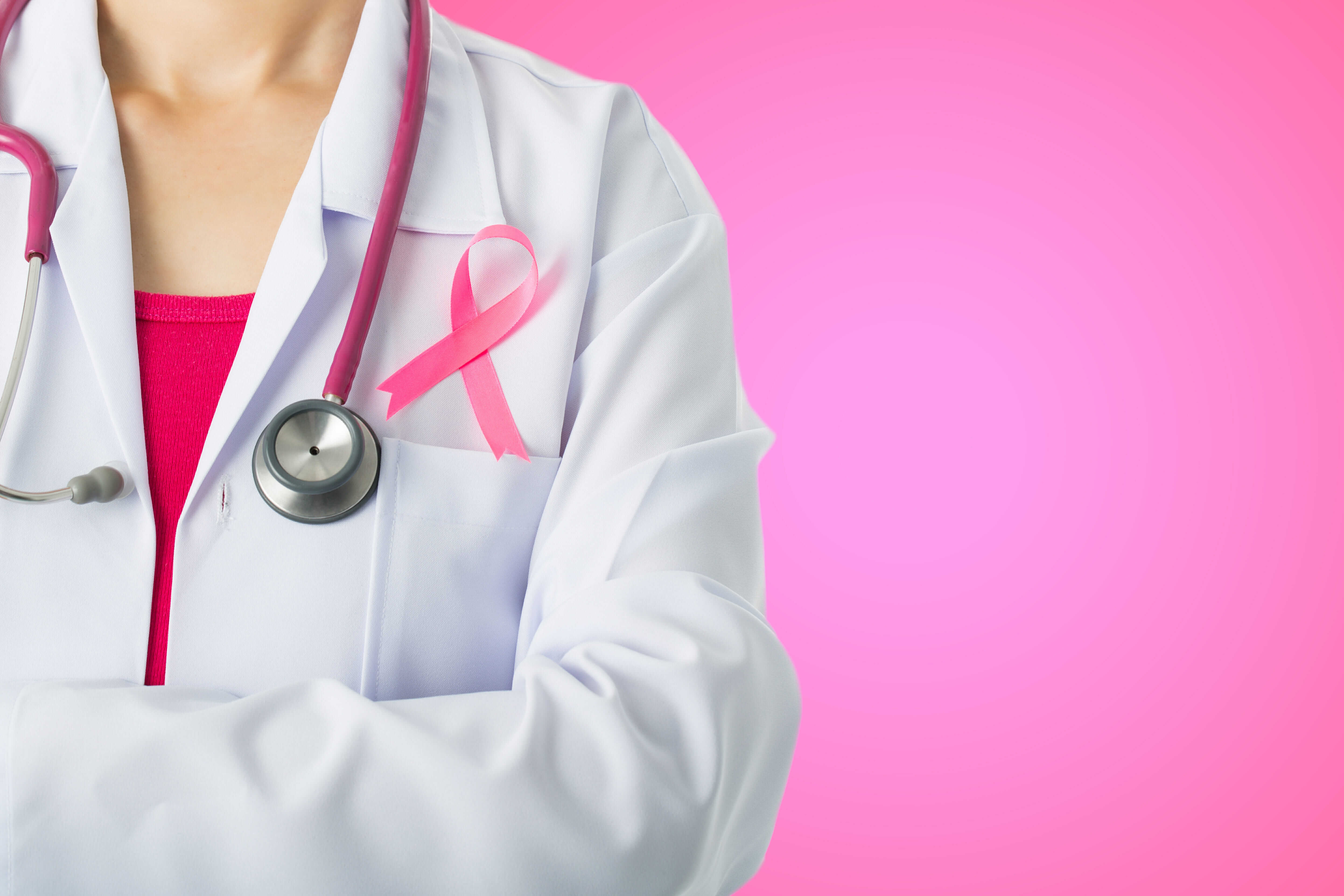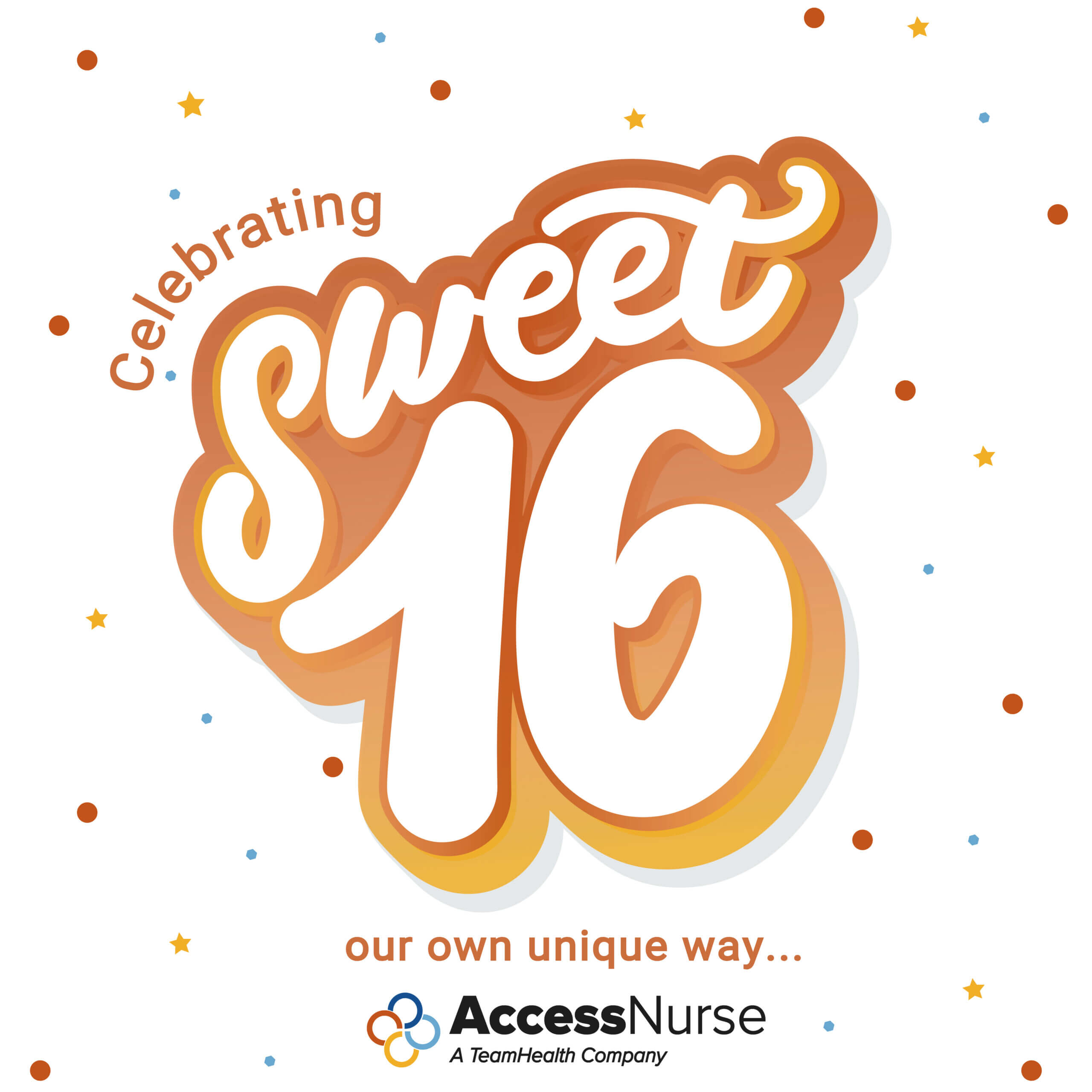Federally Qualified Health Centers: Improving Mammography Screening Rates

The American Cancer Society reports that breast cancer is the second leading cause of cancer-related death among women in the United States.
For more than 30 years, efforts to reduce breast cancer related deaths have focused on early detection through self-examinations as well as annual mammograms. Although mammography rates have increased dramatically over the past three decades, rates still remain lower amongst disadvantaged populations; many low income women have no health insurance, low health literacy, and/or overall education levels.
Reducing these disparities in mammography screening has become a national public health priority.
Common Barriers to Mammography Access
Many studies have identified factors that impact breast cancer screening rates amongst disadvantaged populations.
One of the major limiting factors is health literacy, which can present as many things, such as:
- Poor knowledge about the screening process
- Failure to understand screening benefits
- Absence of physician screening recommendations
Other limiting factors may include (but aren’t limited to):
- Inadequate transportation
- Lack of health insurance
- Poor availability of local screening facilities
Improving FQHC Screening Rates
A study by the National Institute of Health (NIH) focused on developing interventions for populations at a higher risk for not undergoing a mammogram, which usually includes patients who receive care at inner-city Federally Qualified Health Centers (FQHCs). These government-supported clinics provide care to more than 20 million people regardless of their insurance status, and are strategically located in historically medically underserved areas.
The NIH study examined the effectiveness of three strategies designed to improve FQHCs’ mammography screening rates. The three strategies that were examined were:
- Enhance care that provides assurance that patients receive a screening recommendation and access to a mammogram
- Provide literacy-informed education materials to patients
- Utilise literacy-informed education materials along with Registered Nurses to provide support, appointment scheduling, and follow up
The Results
The focus group for the NIH study consisted of three groups of the same size and of similar demographics.
At the conclusion of the study, the results were:
- 55.7% of the group utilizing strategy 1 completed a mammography
- 51.8% of the group utilizing strategy 2 completed a mammography
- 65.8% of the group utilizing strategy 3 completed a mammography
The study continued to explain that when the nurses called patients, the most common barrier given by patients was the inability to make the appointment, rather than any other decision-making or cancer-related anxiety barrier. This provides strong evidence that providing telephone follow-up reminders and, if needed, rescheduling assistance for no-cost mammograms effectively reduces key barriers for mammography completion for low income women.
What Can Be Done?
Adding additional nursing staff to assist in implementing the tactics expressed in strategy 3 can be both challenging and costly, especially for FQHCs.
A simple and cost effective solution would be to partner with a medical call center to provide initial education about mammograms, follow-up appointments, and appointment scheduling. This solution provides FQHCs access to staff of specially-trained Registered Nurses that are available 24/7, and can provide these services at less of a cost than would be required to hire, train, and employ in-house staff.



